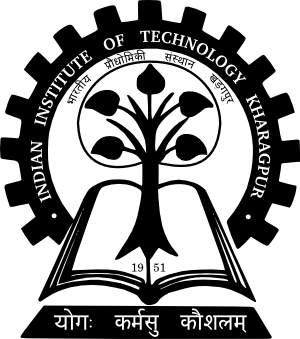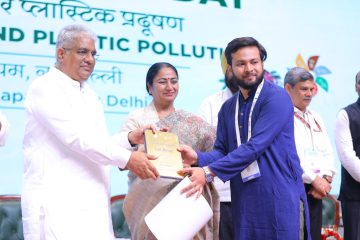A ground-breaking study by Prof. Jayanarayanan Kuttippurath and his research group at the Centre for Ocean, River, Atmosphere and Land Sciences (CORAL), IIT Kharagpur, has revealed severe risks of surface ozone pollution on India’s major food crops. Published under the title “Surface ozone pollution-driven risks for the yield of major food crops under future climate change scenarios in India”, the study highlights how ozone pollution, a lesser-known but potent threat, could drastically reduce agricultural yields in the country.
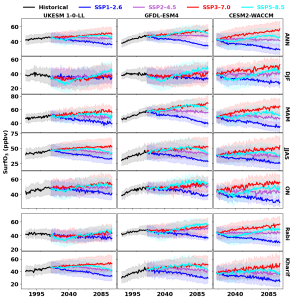
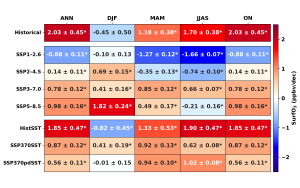
The Indian and world staple food grains wheat, rice and maize are highly vulnerable to the increasing surface ozone pollution. Consequently, achieving the United Nations Sustainable Development Goals 1 (No Poverty) and 2 (Zero Hunger) by 2030 is a daunting task in the wake of rising air pollution, population growth and regional climate change. To protect crop health and ensure our food security, atmospheric pollution must be reduced and monitored.
Surface ozone is a strong oxidant that damages plant tissues, leading to visible foliar injuries and reduced crop productivity. Using data from the Coupled Model Intercomparison Project phase-6 (CMIP6), the research assesses historical trends and future projections of ozone-induced yield losses in wheat, rice, and maize. The findings indicate that under high-emission scenarios with insufficient mitigation, wheat yields could suffer an additional 20% reduction, while rice and maize may experience losses of around 7%.
The Indo-Gangetic Plain and Central India are particularly vulnerable, where ozone exposure could exceed safe limits by up to six times. This could have severe consequences for global food security, as India is a major food grain exporter to several Asian and African nations. Additionally, these challenges pose significant threats to achieving SDGs 1 and 2.
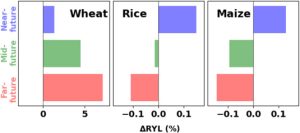
Though India has launched the National Clean Air Programme (NCAP) to combat urban pollution, agricultural regions remain largely unaddressed. The study underscores the urgent need for targeted policies to curb air and ozone pollution in farmlands. Implementing effective emission reduction strategies could significantly enhance agricultural productivity and safeguard global food supplies.

The study is published in the prestigious journal Environmental Research, read more here: https://doi.org/10.1016/j.envres.2025.121390
Media Coverage:
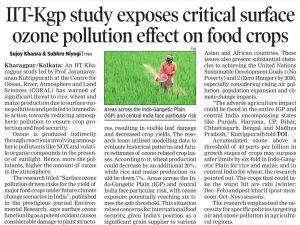
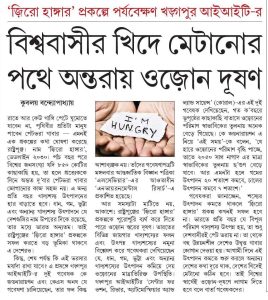
Times of India Ei Samay
New Indian Express Economic Times Deccan Herald News 18 Bangla Newsgram Career 360 East Coast Daily
Inputs from: Prof. Jayanarayanan Kuttippurath, Centre for Ocean, River, Atmosphere and Land Sciences (CORAL), IIT Kharagpur
Email: jayan@coral.iitkgp.ac.in
Edited By : Poulami Mondal, Digital & Creative Media Executive (Creative Writer)
Email: poulami.mondal@iitkgp.ac.in, media@iitkgp.ac.in, Ph. No.: +91-3222-282007
Follow us on: Facebook – IIT Kharagpur; Twitter – @IITKgp; Instagram – @iit.kgp; LinkedIn – Indian Institute of Technology
For news visit: https://kgpchronicle.iitkgp.ac.in/
